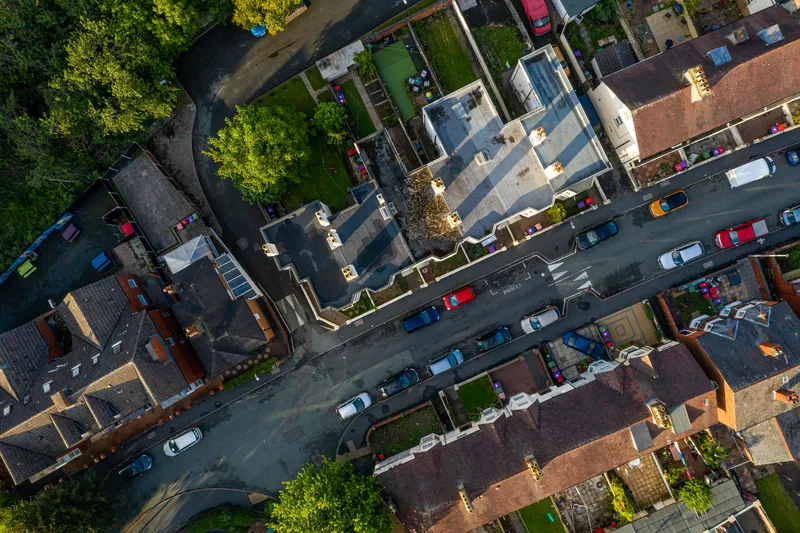Orange County Transportation Authority (OCTA), California, has awarded Iteris a US$2.1 million traffic signal synchronisation and communication as part of its on-going mobility enhancements. The project also includes upgrades to traffic signal infrastructure and signal timing improvements along a heavily travelled nine-mile stretch of the Pacific Coast Highway (PCH) in Newport Beach.
Iteris will design and implement traffic signal system infrastructure and fibre-optic communications equipment and synchro
July 13, 2016
Read time: 1 min
Iteris will design and implement traffic signal system infrastructure and fibre-optic communications equipment and synchronise all traffic lights along the PCH corridor, a major artery that is used by travellers and commuters. The primary goal of the project is to improve traffic flow efficiency and safety for all users including vehicles, buses, bicycles, and pedestrians.
According to Ramin Massoumi, senior vice president of transportation systems at Iteris, the project represents a significant step in preparing for expansion into the building of Smart Communities with new and expanded communications infrastructure, ensuring transportation information is easily collected and shared.







